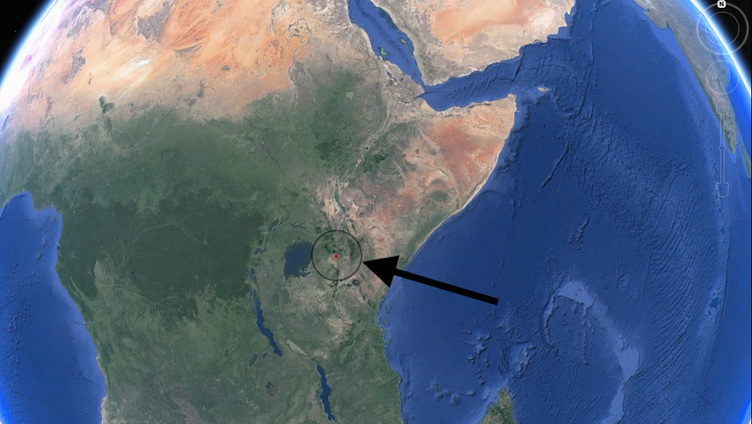Our lives are a blip in the space time continuum. As a result, it can seem that the Earth is relatively static, with many of the large scale dynamic changes that shape our sphere largely unnoticeable to us occurring on geological time-scales. One such change is the movement of landmasses on earth, better known as plate tectonics.
Earth’s landmasses are not static but in constant flux. The Earth’s lithosphere (formed by the crust and the upper part of the mantle) is broken up into a number of tectonic plates that move relative to each other at varying speeds, “gliding” over a viscous asthenosphere. There is still ongoing debate about what force or forces causes this movement, but whatever the forces are they can also cause the plates to rupture, forming rifts, and potential leading to the development of new plate boundaries. When this happens landmasses break-up and new continents forms; this is currently happening in the East African Rift in southwestern Kenya.

Rifts are the initial stages of continental break-up, and the current rift occurring in Kenya may be the beginning of the African continent splitting into two. It’s very likely this isn’t the first time the continent has split. Around 138 million years ago its been theorized this landmass split from what is now modern day South America.

The East African rift is unique because we can observe different stages of rifting along its length. To the south the rift is young and faulting occurs over a wide area. In the Afar region in Ethiopia, however, the lithosphere has thinned almost to the point of complete break up. When this happens (over a period of tens of millions of years), the ocean will flood into the rift, a new ocean will begin forming, and there will be a large island in the Indian Ocean composed of parts of Ethiopia and Somalia.
To read more about the East African Rift, check out this paper in Geophysical Research Letters, and this publication in the Geological Society of London.